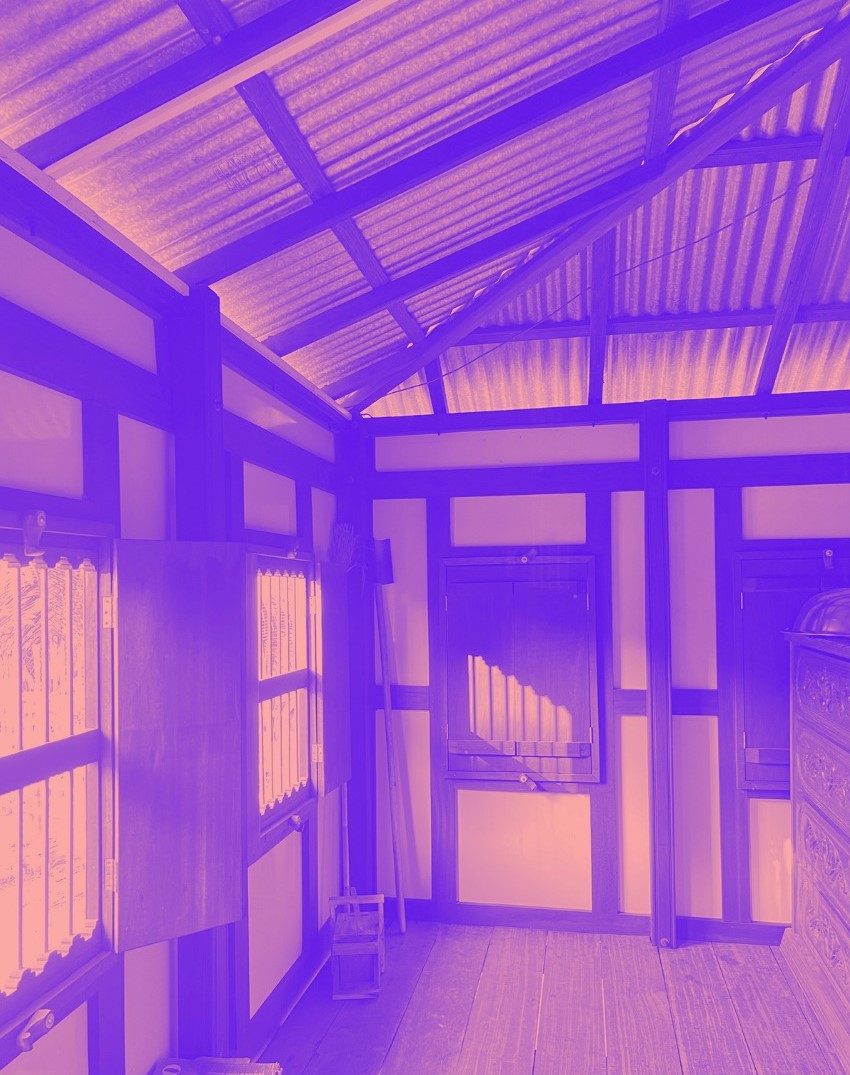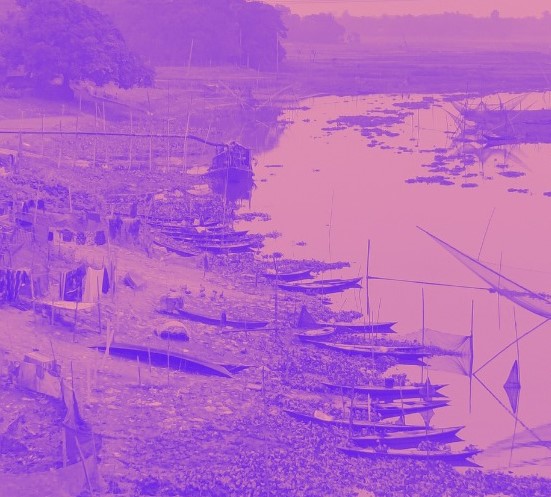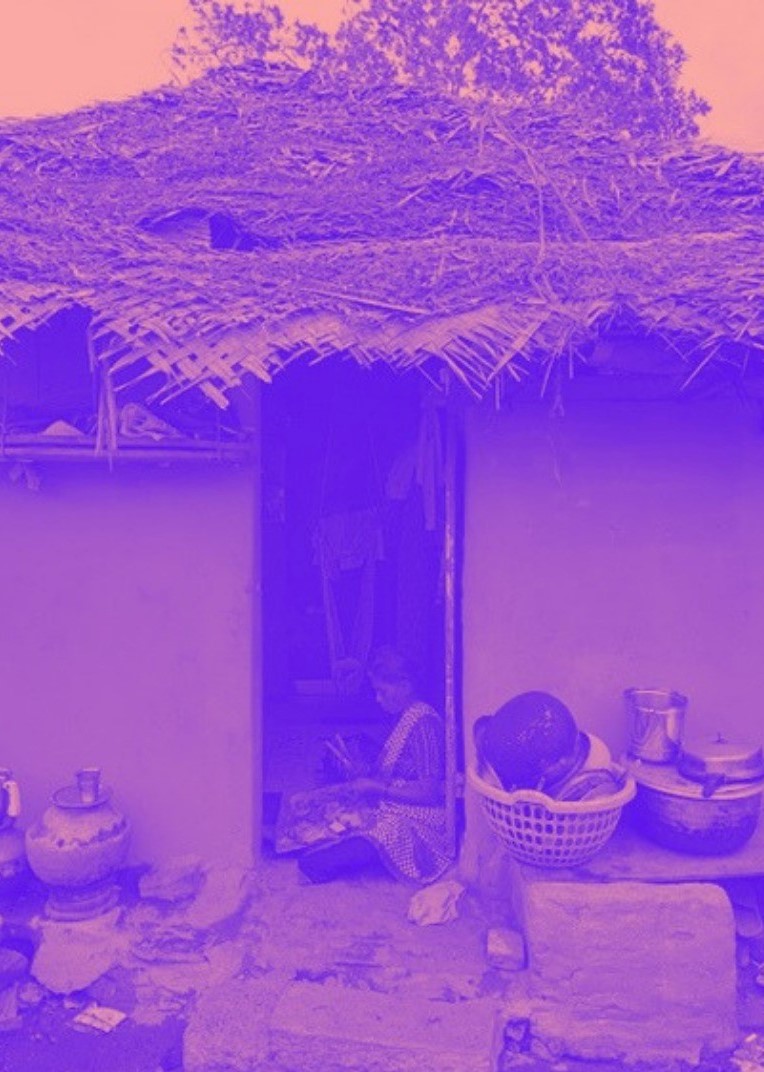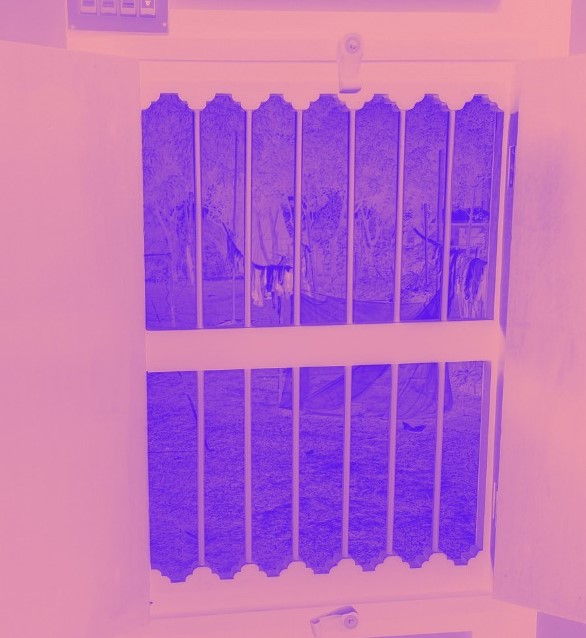South Asian Architecture
and Urbanism


This cluster aims at developing a conceptualisation of spatiality in the subcontinent beyond the extant frameworks shaped by colonial stylistic discourses, post independence ideas of identity and locality and contemporary conceptualizations around socio-political causality and informality. The nationalistic imaginations currently framing the discourse, do not take into account the region’s shared histories and cultures. They preclude a larger regional/ cultural thinking - for example, to understand architecture of the eastern parts of India, Bangladesh (and vice-versa) becomes very important as the geography of wetlands is shared; OR to understand the post independence modernism in Pakistan, understanding of Indian modernism becomes significant; OR to understand regionalism in India, regionalistic practices of Srilanka become critical. Moreover, the cultural and geographical region brings about a congruence in life producing a similar congruence in architecture. Here, a spatial turn in the research on South Asian Architecture and Urbanism aims to open up new frameworks of knowledge for practice and pedagogy. The project would include two sets of activities: first, a survey, where conceptualisations will be built from interrogating the existing secondary sources and their formulations. This will also help build the archive on South Asian spatiality. The second activity would include field-work where the secondary-source conceptualisations will be interrogated,corroborated, and reformulated.
The following initiatives are being undertaken under this cluster:
1. Documenting Architecture of the Subcontinent: Undertaking documentation and archival research of built-form across the different countries of the sub-continent.
(See ARCHIVES )
2. Conceptualizing Spatiality in the Subcontinent: Developing concepts to discuss architectural and urban form in the sub-continent.
3. Developing networks and collaborations between institutions across the region.



